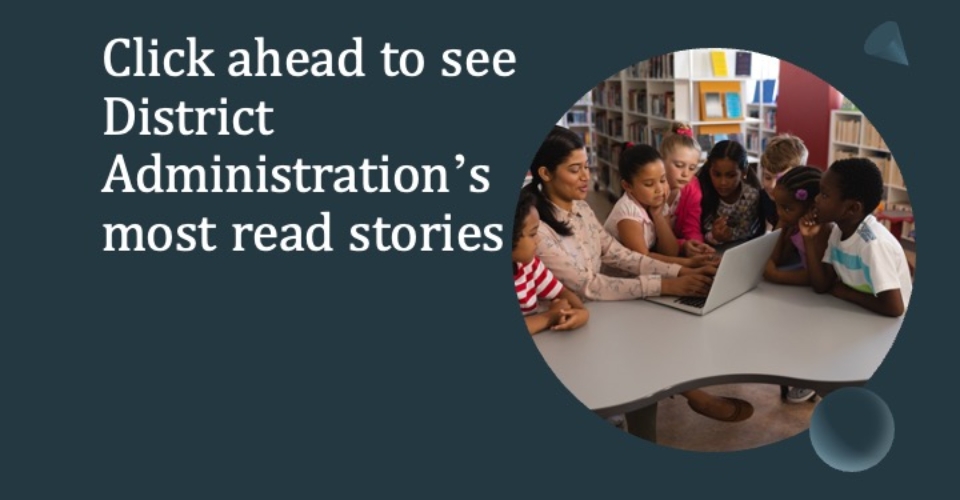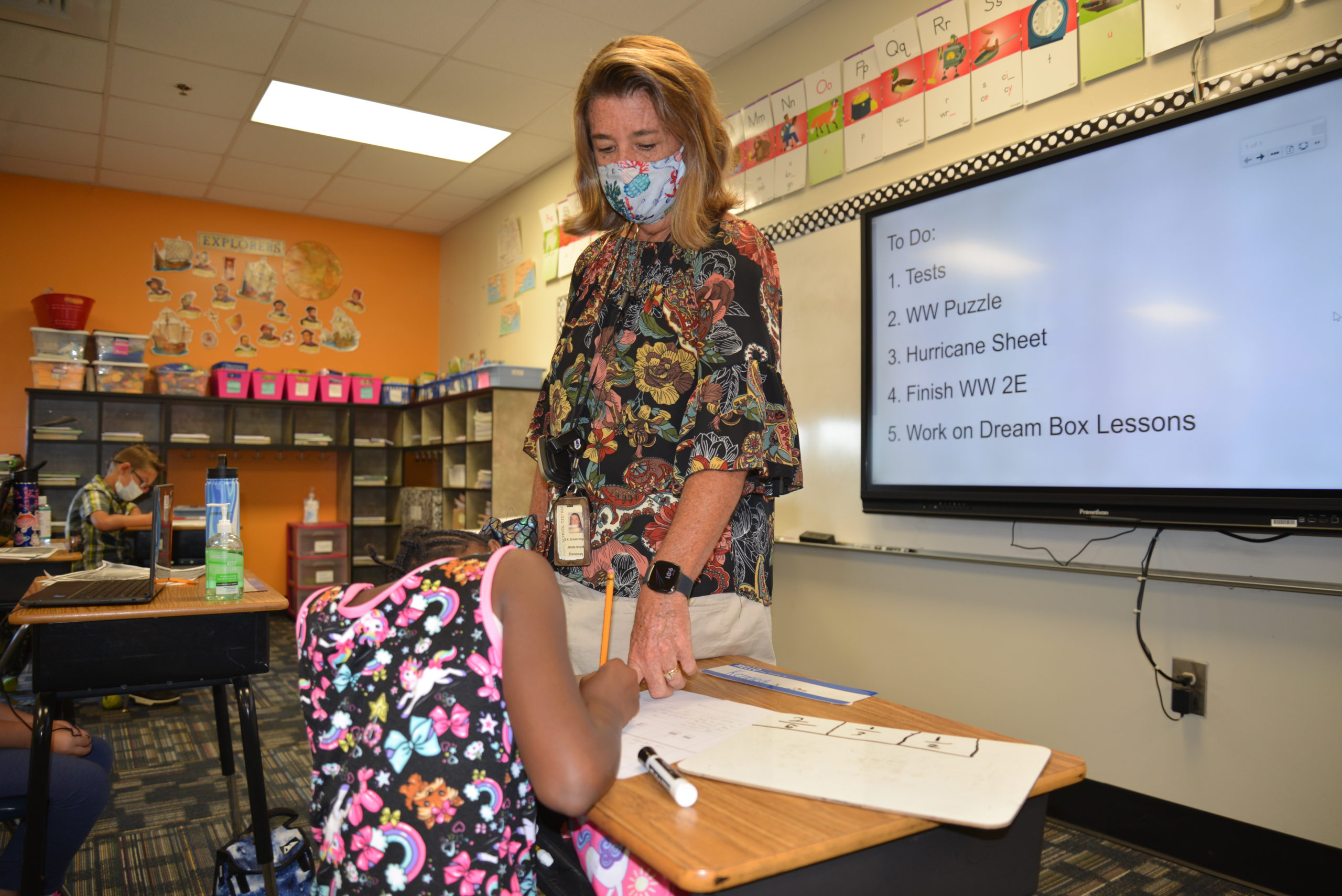“What do you want to be when you grow up” is a seemingly simple question that’s really about postsecondary goals. And it’s a question we’ve all asked a child at one point or another, most likely without even realizing its importance.
It’s meant to be a friendly ice breaker, but regularly having conversations like these encourages young learners to become curious about exploring different avenues they might pursue in life—and this is exceptionally important for their growth and development.
Early planning for both postsecondary and career pathways can not only save time and money in the long run, but can also give students ample opportunity to discover their interests and strengths, and explore career options that complement both. Ultimately, the further along students move in their post-secondary education or career, the more difficult it is to switch gears on a career path. This leads many students to launch themselves toward an occupation with little to no real-world experience within the industry—often discovering late in the game it’s not an ideal match.
Schools that can find ways to bridge the gap between education and industry—by offering hands-on, career-connected learning opportunities for students—will help students better understand the reality of the jobs awaiting them.
Experiential learning: A key part of postsecondary goals
Career-connected learning not only provides opportunities for students to gain valuable experience within a variety of industries but also gives students the opportunity to develop the interpersonal, communication and technical skills they need to be successful in any career. Studies show that students who participate in career-centered learning exhibit greater knowledge of jobs, higher self-esteem, better grades and are more engaged in their academic and career planning. Additionally, these opportunities help teachers and administrators stay up-to-date in understanding what skills employers are looking for in our rapidly changing job market and, accordingly, incorporate those lessons into the classroom.
In our district, we begin with a very broad introduction to prospective careers in elementary school. In middle school, we use college and career readiness software to match interests and talents with possible careers, as well as introduce the concept of executive functioning skills like time management and self-advocacy.
More from DA: Teachers leaving K12 for the FBI and bartending? It’s not the whole staff shortage story
We encourage students to begin to think about what they value in life—money, time, family—and how those might play into different career choices. By high school, we bring these lessons to life by providing a wide variety of hands-on, career-connected learning opportunities through:
1. Crucial connections with the local community
Operating in a rural area, we are sometimes limited by available resources and the variety of electives we are able to offer, so we are constantly challenging ourselves to think outside the box to create meaningful learning opportunities. However, everything stems from a common foundation: relationships within our community.
We are fortunate to exist within an extremely involved and supportive network—our local businesses are both proactive and responsive and eager to support our students as they pursue college and career readiness. Developing meaningful relationships with our community and business leaders to broaden the ways in which we support all of our students has been crucial to the success of our career connection initiatives.
2. Curriculum and learning opportunities create pathways
Several years ago we incorporated a course into our curriculum called the “Professional Learning Experience,” where high school students are offered the opportunity to team up with a mentor who works in a professional area they want to explore. This course is a chance for any student to thoroughly prepare for what’s next and make their academic and career decisions with confidence—whether that is a four-year college, technical or trade school, or directly entering the workforce. We currently have students in our program who are gaining on-the-ground experience in manufacturing, agriculture, public relations, healthcare, and education, just to name a few.
Additionally, we work closely with our local community college and assorted post-secondary schools across the state, so if a student is interested in an industry we may not be connected with, we can provide them with opportunities to sit in on an appropriately matched class or talk with a professor in that industry. These partnerships are especially beneficial and impactful for school districts with a limited ability to offer a wide variety of electives. Professors are not only able to answer questions about what potential employers in a specific field might look for candidate-wise (whether or not the student is planning to continue their education), but on-campus visits also provide important touchpoints to familiarize students with their potential college experience.
By developing meaningful relationships within your community to create relevant, career-connected learning opportunities, school districts are able to leverage the knowledge and expertise of local business leaders for a mutually beneficial experience—motivating students to become excited about their future careers, and creating a better-prepared workforce poised for future success.









